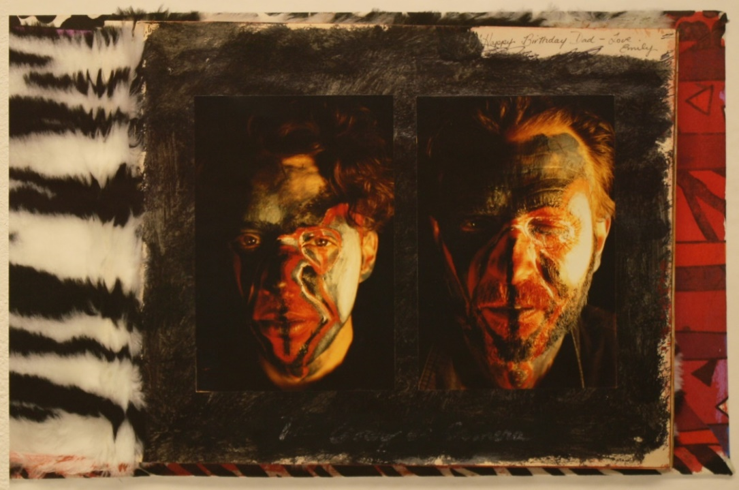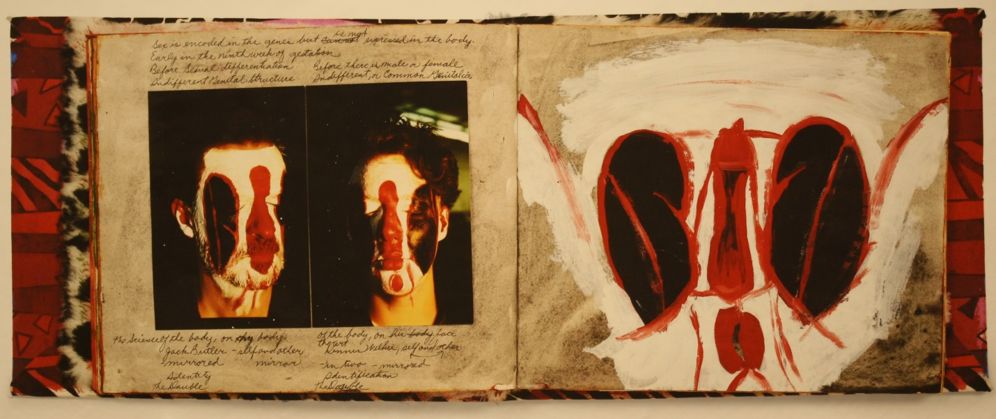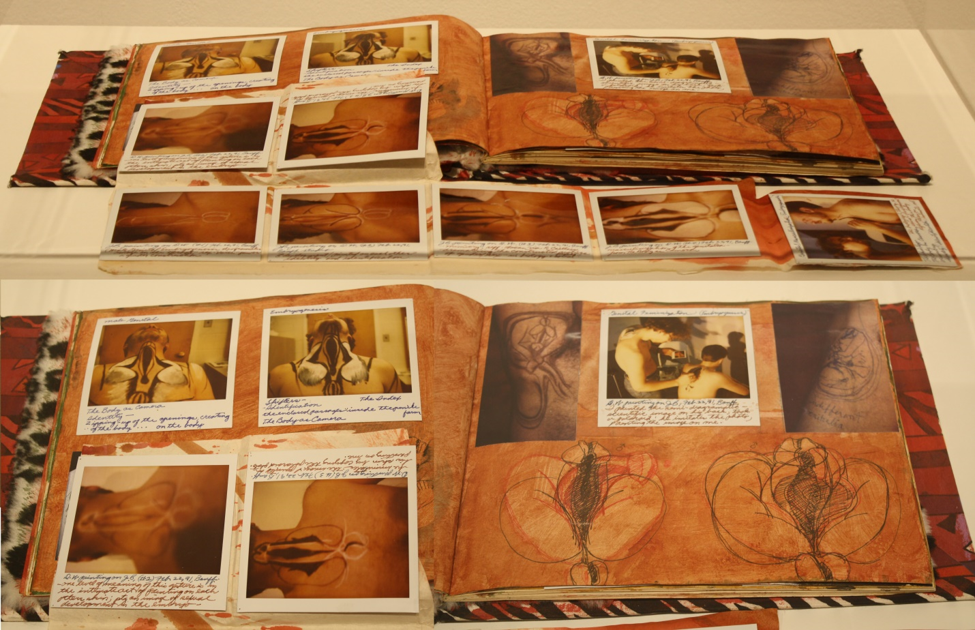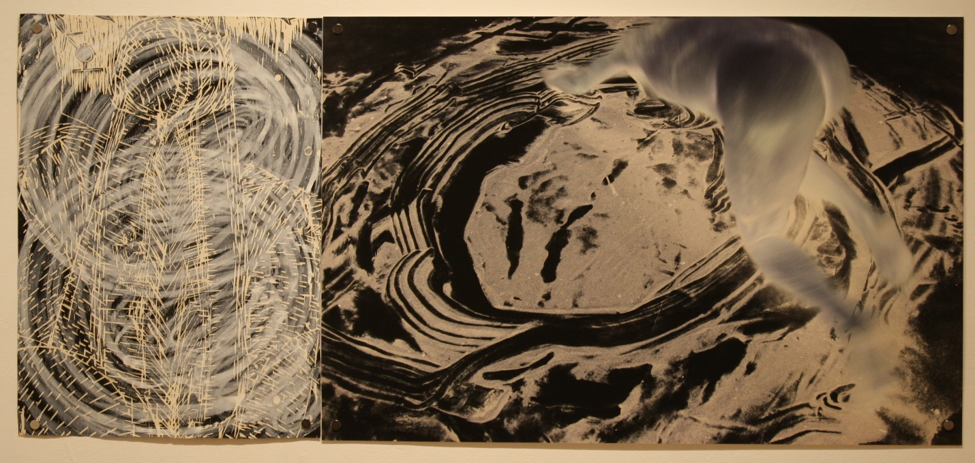Jack Butler’s Fatemaps exhibited at the Red Head Gallery features a collection of performative installation drawings and digital prints demonstrating his highly collaborative, science-driven, cross-cultural interdisciplinary practice as a visual artist with a foundation in medical research emphasizing in human embryogenesis. The scientific meaning of fate mapping in human biology refers to the developmental stages of the embryo in the production of specific tissues and structures.
Fatemaps represents a collection of Butler’s works from three distinctive installations spanning his career, Genesis (1982), The Body as Camera (1993), and Vortex (2019), and in which Butler expands upon paradigms of transformation, symbolic and diagrammatic reductions, the Skin Ego, the human biology and developmental research.
The corner installation Genesis is an aggregate of drawings in which Butler follows “an expressive aesthetic trajectory away from my scientific research practice as a medical model builder in human embryological development.” Focusing on drawing images and symbols, these shapes undergo a transformative metamorphosis similar in nature to the embryological stages of development of mammalian and aquatic species and represented on a collage space or mural-like ‘tapestry’.
Genesis, 1982-2019, gouache on cut/torn Okawara paper, 12 x 12 feet
Butler’s The Body as Camera prints exhibited are selected from a collection of drawings representing diagrammatic reductions of embryological research, a distinctive theoretical approach that focuses on drawings on the body rather than of the body. These prints produced in collaboration with other visual artists approaches “issues of identity and mimicry, invoking the theory of The Skin Ego – the bodily ego experienced on the skin.”
The Body as Camera Sketchbook, 1993. Dennis W. (left) & Butler (right), digital print from sketchbook.
The Body as Camera Sketchbook, 1993. Sex is encoded in the Genes.digital print from sketchbook.
The Body as Camera Sketchbook, 1993, Drawings and polaroid images of embryological research drawn onto the body.
Butler’s most recent material exhibited at the Red Head Gallery includes installations of the Vortex that “enacts the biological pull into being, a new life, and the drive to death.” The diptych Drawing the Vortex (2019) demonstrates a convergence between two stylistically distinctive presentations of the vortex: the first (at left), is Butler’s representation of life and death (the vortex) over a print of sexual divergence during the embryological development process, and the second is Johannes Zits’ performance in studio creating a vortex in white sand onto the black floor in the nude.
Drawing the Vortex, 2019, diptych. gouache over woodcut print.
Butler’s Fatemaps is an expansive collection of work derived from his scientific interests, visual artistry and collaboration with community. His interdisciplinary method as a visual artist continues to shape our perception of human biological life and death cycles through the medium of performative drawings and representations of medical models.
Text and photo: Keren Sedmina
*Exhibition information: January 2 – 25, 2020, The Red Head Gallery, 401 Richmond Street West. Gallery hours: Wed – Sat: 12 – 5pm





